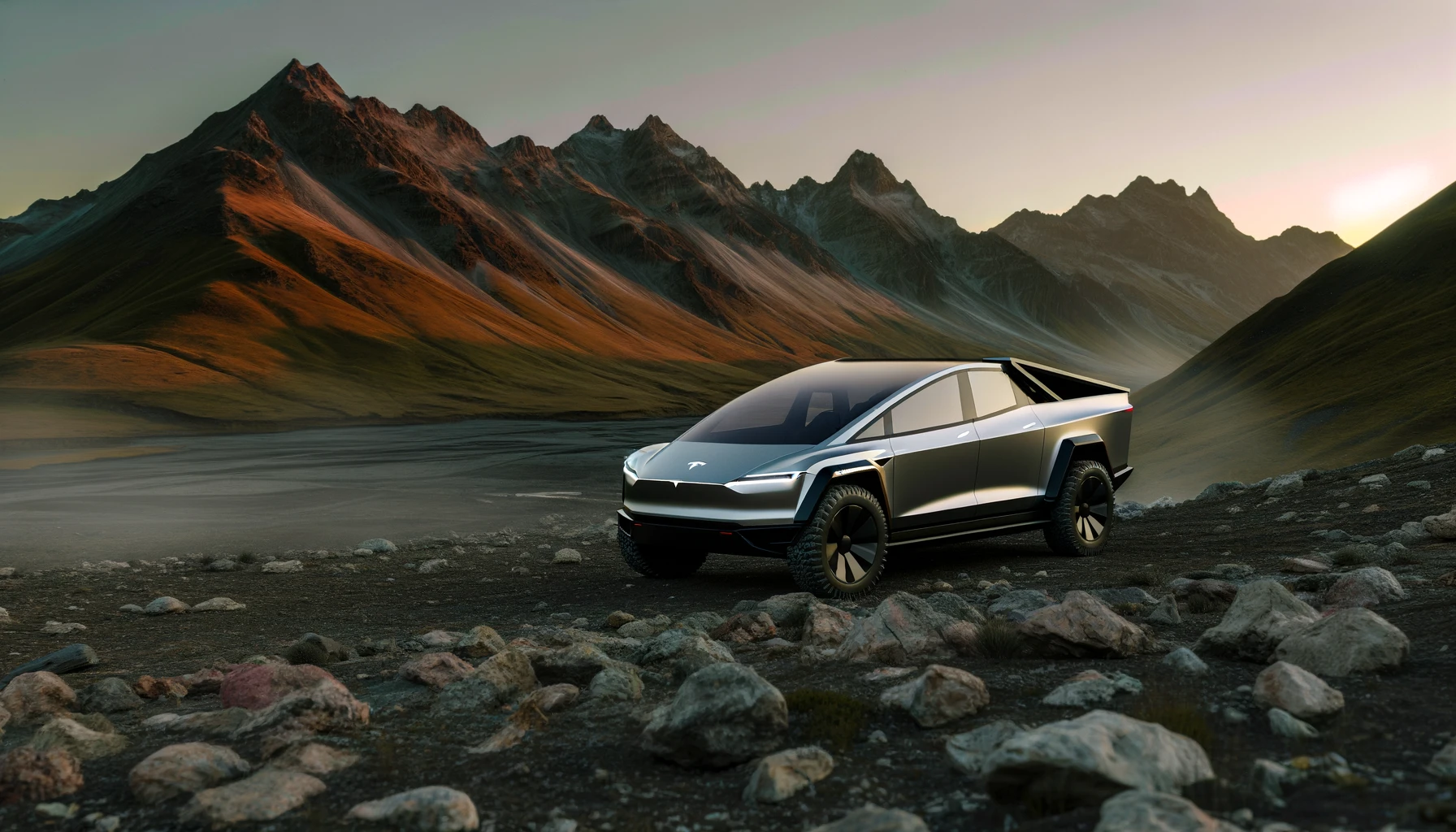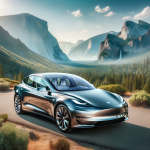Tesla recently offered a sneak peek into its upcoming Robotaxi service through a proposed mobile application, which is destined to enable users to hail fully autonomous rides. This initiative marks another stride in the automotive giant’s journey towards revolutionizing urban mobility by integrating cutting-edge self-driving technology with its ambitious ride-hailing objectives. The envisioned app, showcased in a graphic during Tesla’s quarterly investor meeting, promises a user-friendly interface complete with real-time tracking, climate control, and other customizable vehicle settings.
Historical Context and Future Aspirations
Tesla’s announcement is part of a broader vision that Elon Musk, the CEO, has been championing for years—transforming every personal Tesla vehicle into a potential source of income for its owners by joining a shared network of autonomous taxis. Although this vision appeared futuristic when first announced, subsequent developments in Tesla’s autonomous driving technology have brought this ambitious plan closer to fruition. Notably, the company is diligently working on perfecting its Full Self-Driving (FSD) technology, crucial for ensuring the safety and reliability of its unmanned taxis.
Comparative Developments in Autonomous Ride-Hailing
Tesla is not alone in its quest to deploy autonomous ride-hailing solutions. General Motors, through its subsidiary Cruise, and Alphabet’s Waymo have also been key players, each conducting extensive tests and even launching public ride-hailing services with autonomous vehicles in select cities. According to Forbes in an article titled “The Race To Autonomous Ride-Hailing,” these companies have made significant investments into the technology, with mixed results in public acceptance and technological reliability. Engadget, in “Self-Driving Cars for Ride-Sharing,” details the challenges of public trust and technological hurdles that still dominate this sector.
Scientific Insights into Autonomous Technology
In the realm of scientific research, a paper published in the Journal of Artificial Intelligence and Technology, titled “Challenges and Opportunities in Autonomous Vehicle Deployment,” provides a detailed examination of the technical, social, and regulatory challenges facing the implementation of autonomous vehicles. The research highlights the importance of robust machine learning models that can predict and react to dynamic traffic environments, a core aspect of what Tesla aims to achieve with its neural network-based approach to FSD.
Key Insights for the Future
- Full autonomy in ride-hailing could drastically cut down transportation costs.
- Increased adoption relies heavily on advancing safety and regulatory approvals.
- Environmental impacts of widespread autonomous fleets are promising but require careful management.
While Tesla’s latest advancements in autonomous technology signal promising developments, the path to fully autonomous ride-hailing is fraught with technical, regulatory, and ethical challenges. The success of this venture will not only depend on technological breakthroughs but also on public acceptance and legislative frameworks. As Tesla pushes forward, it remains to be seen how quickly and efficiently these hurdles can be overcome to make autonomous ride-hailing a common reality. Moreover, the environmental and urban impacts of such a transformation are significant, potentially leading to decreased urban congestion and lower emissions, aligning with broader sustainability goals.










